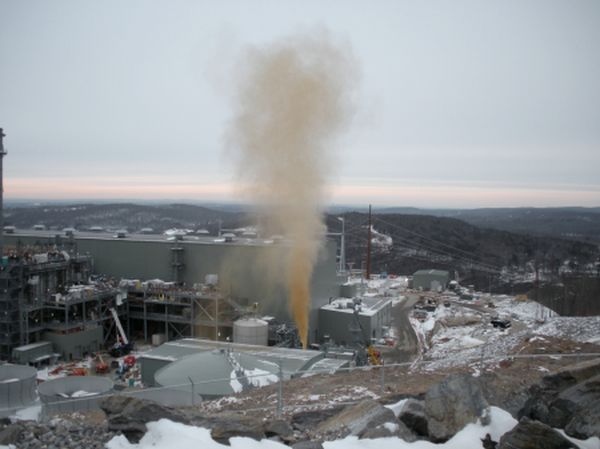
NASA scientist Drew Shindell has come up with a study that suggests control of methane gas emissions and soot dispersal into the atmosphere from the poorer regions of the world could slow global warming. This environmental benefit would be on top of improved health and greater agricultural yields for the people of these regions. This is welcome news when it appeared that the control of greenhouse gases would need new technologies, high capital investments or major changes to human habits.
Methane gas emissions
Methane gas is emitted into the atmosphere from rice paddy fields which need to be flooded with water in the early weeks of its growth. The stagnant water causes the vegetation in the ground to decay, emitting methane gas. Methane gas increases the ozone level of the air at ground level and causes respiratory and cardiovascular problems in people living in the area. The higher ozone levels also cause changes in rainfall pattern in the area which can have long term impact for the human habitat. A simple step to reduce methane emissions from paddy fields is to drain the water frequently and pump in fresh water. This aeration process would also improve crop yields. Drew Shindell and his team estimate that between 30 and 135 million tons of additional crop production could happen with such water aeration.
A second major source of atmospheric methane is from municipal landfills around third world cities. In advanced economies, municipal trash is incinerated under controlled conditions and the methane gas is used as an energy source for home heating or industrial use. Third world municipal authorities lack the capital to build waste incineration plants and city waste is simply dumped into landfills. The methane gas generated from decay of organic matter simply escapes into the atmosphere. The same thing happens with waste water treatment plants. Drew Shindell and his team recommend eliminating such methane emission into the atmosphere and building waste incineration plants.
In addition, there is need to monitor industrial sources of methane emissions such as coal mines, hydrocarbon processing and long distance oil and gas pipelines to warn of leakages and to take steps to plug such leaks.
Soot or black carbon emissions
Soot particles escape into the air when people in third world countries burn firewood or animal dung for their cooking and heating needs. The soot causes severe respiratory problems especially in women and children who are generally less well nourished than the men. The soot particles in the atmosphere absorb heat from the sun and cause local heating which causes micro climate changes. The black soot particles also deposit on reflective surfaces and absorb solar radiation.
There is need to convert wood or animal dung burning stoves into cleaner burning devices and to build in entrapment filters over the cooking stoves to capture these particles. Similar care needs to be applied to rural industries like brick kilns that use firewood or animal dung. Drew Shindell and his team also recommend a ban on burning agricultural waste and instead having them collected and used in biomass digesters.
The other source of soot pollution is from diesel engines used in transportation vehicles and in engines for water pumping. These engines need to be fitted with particulate filters on their exhausts. Engines over a certain age need to be retired.
These steps may not be very easy to implement over the vast areas of Asia, Africa and Latin America but a beginning could be made with educating village elders and opinion leaders. The human benefit in improved health would, in itself, make this program viable with reduction in greenhouse gases as a valuable bonus. If adopted on a wide scale, Drew Shindell’s projections show a 0.5 degree C lowering of atmospheric temperature which could give the world an extra 10 to 20 years to put in place new technologies to contain global warming.
Via: Goodcleantech




